The Mall That Used to Pull Crowds
Town Center at Cobb opened in 1986 with three anchors and a footprint larger than any mall in Georgia. Sears, Rich's, and Macy's lent it credibility, while its location near I-75 and I-575 made it easily accessible.
For a while, the parking lots stayed full, even on weekdays. People from all over Cobb County and beyond came to shop, walk, or simply be somewhere indoors with air conditioning and a variety of options.
If you were looking for things to do north of Atlanta, Georgia, back then, this was near the top of the list.
Today, those same hallways are quieter, with vacant anchor bays and an uncertain future. To understand what changed, it's worth starting from the beginning.
Retail Launch with Heavyweight Anchors
Town Center at Cobb opened in late February 1986 with Rich's, Macy's, and Sears as its core retailers. These three names carried real weight in the Southeast at the time, especially Rich's, which had deep Atlanta roots.
The original Macy's at Town Center at Cobb wasn't part of Davison's transition either - it launched as Macy's from the start, making it a departure from the brand's typical Atlanta strategy.
Later that same year, Mervyn's was added, expanding the anchor count to four. This mirrored what was happening at Gwinnett Place Mall, its peer in layout and timing.
The addition of Mervyn's helped boost traffic and gave the mall a broader retail variety before the year was out.
Located between two major highways, Town Center at Cobb became the largest mall in Georgia when it opened. Few malls could compete with that scale in 1986.
From the outset, its design and store mix pulled traffic away from older centers like Cobb Center and Cumberland Mall. The shift was fast and visible in retail footfall patterns.
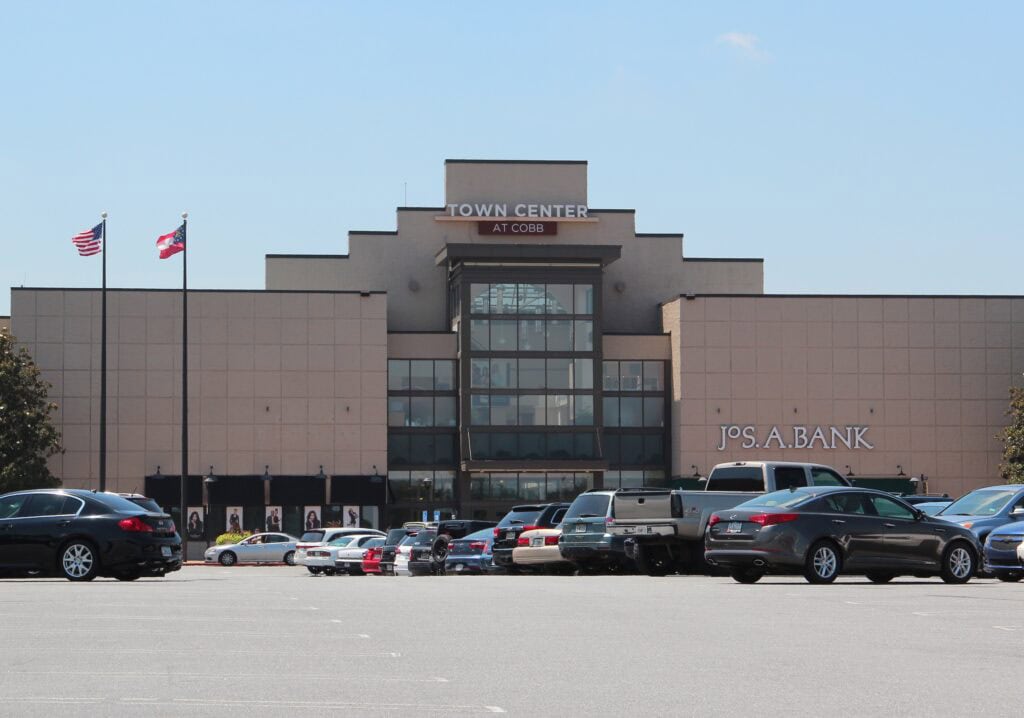
Expansion Builds Market Share and Store Volume
By 1992, six years after opening, Town Center at Cobb was operating with four anchors and an expanding reputation in metro Atlanta's retail mix.
That year, a new wing was added, drawing in Parisian, the department store based in Birmingham.
This was Parisian's first location in Atlanta, and its debut at Town Center Mall matched an expansion playbook rolled out at other malls like Phipps Plaza the same year, followed by Gwinnett Place in 1993 and Northlake in 1994.
With Parisian in place, the mall now features five anchor stores and a retail count of approximately 220 stores. At the time, only North Point Mall had matched that anchor count in the state of Georgia.
The scale gave Town Center at Cobb an edge in attracting weekend crowds and provided leasing agents with more leverage in enticing national retailers that might have otherwise overlooked Cobb County.
The mall's layout remained mostly unchanged, aside from the addition of the Parisian wing, but foot traffic increased, while older properties experienced a decline in volume.
Cumberland Mall, in particular, began to see the effects on tenant retention and new leases.
Town Center Mall's square footage, anchor mix, and easy access from two interstate highways kept it active while older retail centers struggled to reconfigure.
Anchor Turnover and Department Store Restructuring
The anchor lineup began to shift in 1997. Mervyn's pulled out of Georgia and Florida, vacating its space at Town Center Mall.
JCPenney took over the location that same year, giving the chain a presence in one of the busiest malls in Cobb County at the time.
The other anchor changes came in stages. The Rich's and Macy's merger forced a reconfiguration of square footage and signage. Macy's had been in the building since the mall's 1986 opening, but the consolidation moved it into the former Rich's space.
That shift allowed for part of the old Macy's site to reopen under a new internal concept: Macy's Furniture Gallery, eventually joined by Macy's Furniture Clearance Center and a separate Macy's Men's Store.
As anchor names changed and floors were repurposed, the mall's square footage stayed largely intact. However, these shifts showed that national department store chains were moving inventory and brand strategy more than opening new stores.
Town Center at Cobb held its space, but much of it was being recycled.
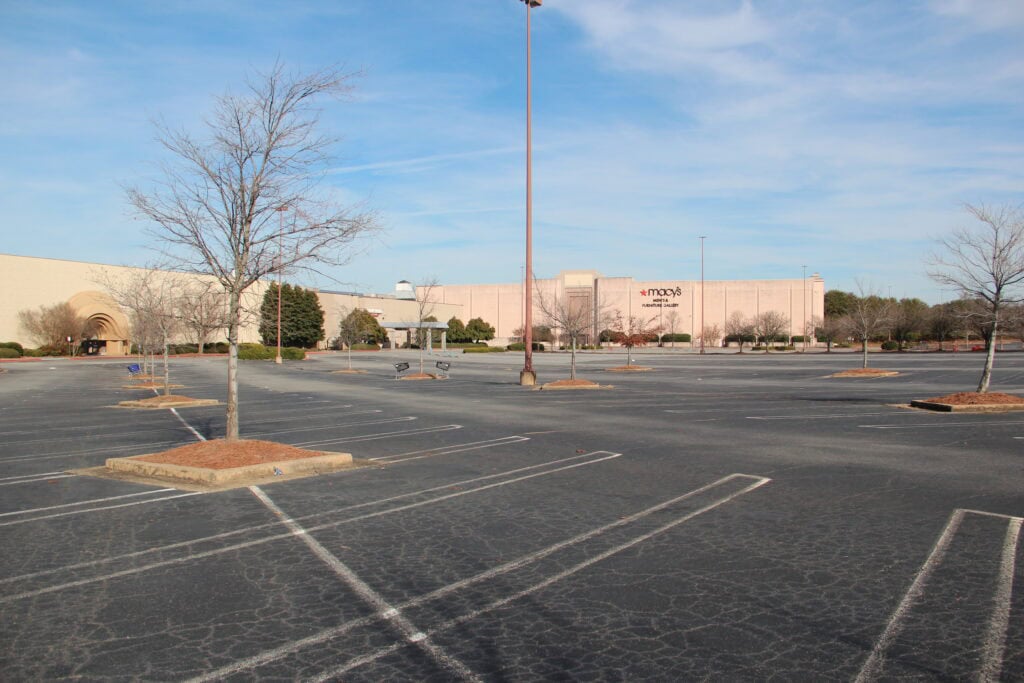
Retail Competition and Changing Trade Pressure
By the early 2000s, the Town Center at Cobb was no longer the only shopping destination in its trade area.
Retail development along Barrett Parkway accelerated, drawing in big-box tenants and power centers with broader parking and newer square footage.
Those centers didn't try to replicate the enclosed mall format. Instead, they leaned into direct-access storefronts, large floor plans, and faster turnover for seasonal retail.
Around the same time, Cobb County saw the arrival of two lifestyle centers on opposite ends of the county. Unlike enclosed malls, these properties emphasized outdoor layouts and storefront visibility.
Tenants such as Barnes & Noble, Old Navy, and The Fresh Market moved in, and a portion of mall-bound traffic peeled away.
Even without anchor losses, the mall had to respond. Management launched a renovation plan in 2008, pushing for cosmetic updates and a few targeted additions. Occupancy remained relatively strong, but the competition had spread.
Legacy anchor brands had stopped driving new foot traffic, and while national chains still signed leases, newer tenants were taking a wait-and-see approach in a shifting market.
Capital Improvements and Interior Renovation Strategy
In May 2008, the Town Center at Cobb began its first full-scale renovation in more than a decade. The plan focused on interior upgrades, updated finishes, and new amenities.
Common areas received new soft seating clusters, the food court was redesigned, and a children's play area was added.
Management emphasized updates to lighting and restrooms, but no major changes to square footage or anchor layouts were included.
The project finished in May 2009. Around the same time, H&M opened inside the mall, taking a unit that helped refresh the apparel mix.
This wasn't a full second-tier market launch from the brand, but it marked H&M's growing comfort with suburban Atlanta.
For Town Center at Cobb, the addition helped offset older tenants that had gone dark in the years prior.
While the renovation didn't change the mall's layout, it offered a pause on store attrition and gave leasing agents new materials to work with.
The aesthetic updates helped position the mall for the next retail cycle. Phipps Plaza and Lenox Square had begun attracting high-income buyers, and Barrett Parkway's power centers continued to skim off everyday errands.
Town Center Mall's updates landed, but the retail math was changing.
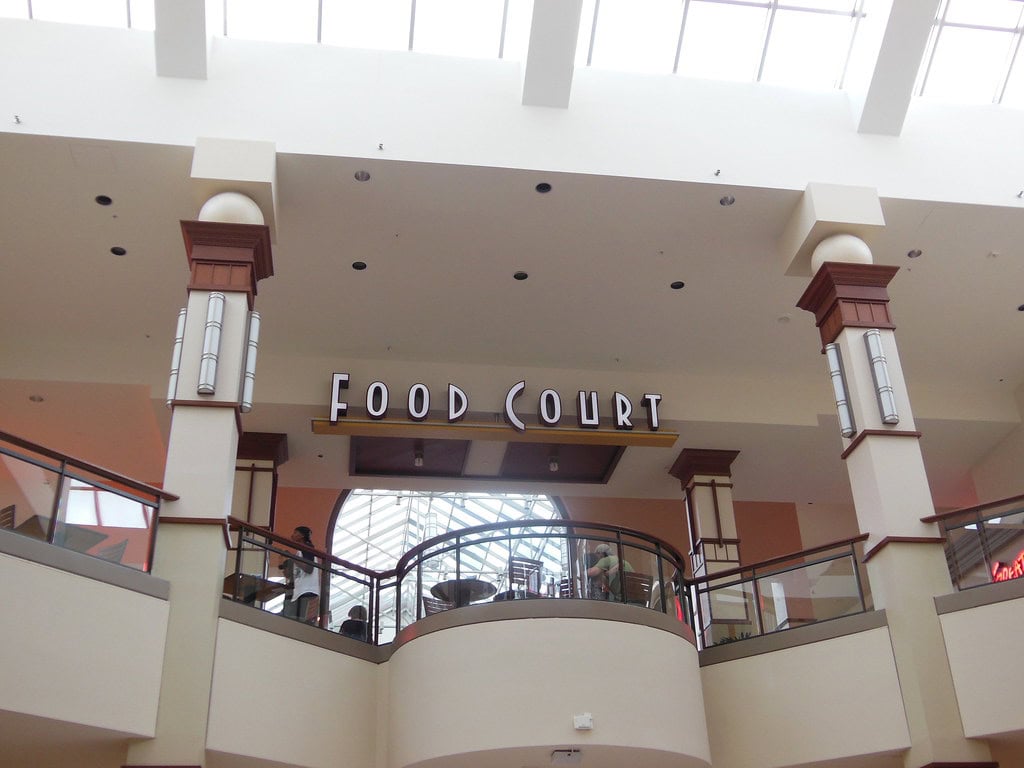
Debt Exposure, Loan Default, and Foreclosure
In 2012, Town Center at Cobb was backed by a $200 million loan package, with Deutsche Bank acting as lead lender and trustee.
That amount reflected the mall's value under its then-current ownership and tenancy.
On May 29, 2020, Sears confirmed it would shut down its Town Center at Cobb location as part of a 28-store nationwide closure plan.
The store officially closed on August 9, 2020. With that, Sears exited Georgia entirely, leaving the state without a single operating location.
By early 2021, the property had defaulted. On February 2 of that year, the mall went to public auction on the steps of the Cobb County courthouse. No bids came in.
The opening figure was $130.4 million, and the absence of buyers confirmed the asset had slipped well below its loan balance in perceived market worth.
Foreclosure followed. The lack of an active bid signaled more than soft demand. It indicated hesitation among institutional buyers to take on a traditional mall at a time when enclosed retail centers were struggling across the country.
Despite its location and prior standing, Town Center at Cobb was part of a larger pattern of declining property performance in second-ring suburban malls.
Ownership was eventually transferred in 2023 to Kohan Retail Investment Group.
The company had a public record of acquiring distressed malls across the country, often with mixed outcomes. Their purchase of Town Center at Cobb was part of that pattern.
No redevelopment proposal was offered. The transaction preserved occupancy for existing tenants but reset expectations across the leasing market.
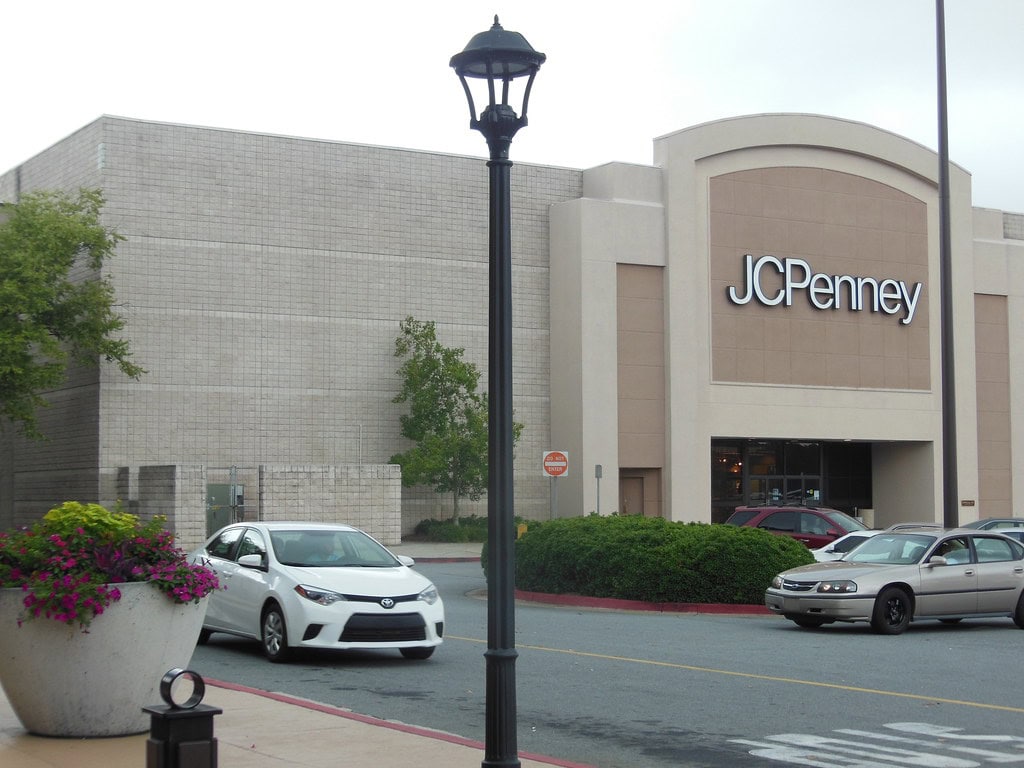
Utility Cutoffs, Tax Trouble, and Anchor Losses
In late January 2025, printed notices went up at every entrance. Kohan Retail Investments had closed the mall due to "unforeseen circumstances." That phrasing turned out to be a placeholder for a utility shutdown.
On January 28, Georgia Power disconnected electrical service to most of the mall due to unpaid bills. The anchor stores, metered separately, remained open. The outage lasted a day. Power was restored on January 29 after payment was received.
By then, retailers were already dealing with low foot traffic and thinning margins. The loss of Belk only added pressure. Announced on January 24, the Belk closure was scheduled for February 18, 2025.
That removal left JCPenney and two Macy's units (including furniture and clearance centers) as the only anchor tenants still active.
Tax issues followed. By March 2025, the mall had accumulated more than $1 million in unpaid property taxes. Cobb County was prepared to schedule a tax sale.
A resolution could have been reached before that. Kohan paid the full amount, keeping the property off the auction list.
However, for tenants and brokers, the sequence of events raised new doubts.
Late payments, sudden closures, and anchor exits all suggested a downward trend that no renovation had been able to address. The occupancy ledger remained open, but pressure was building.
🍀


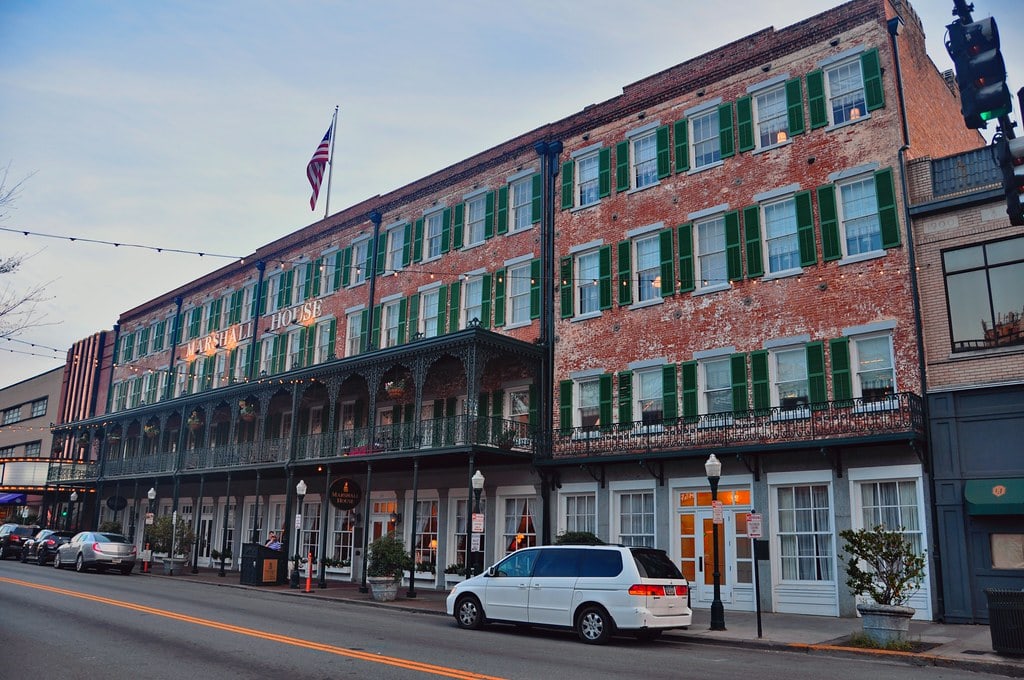
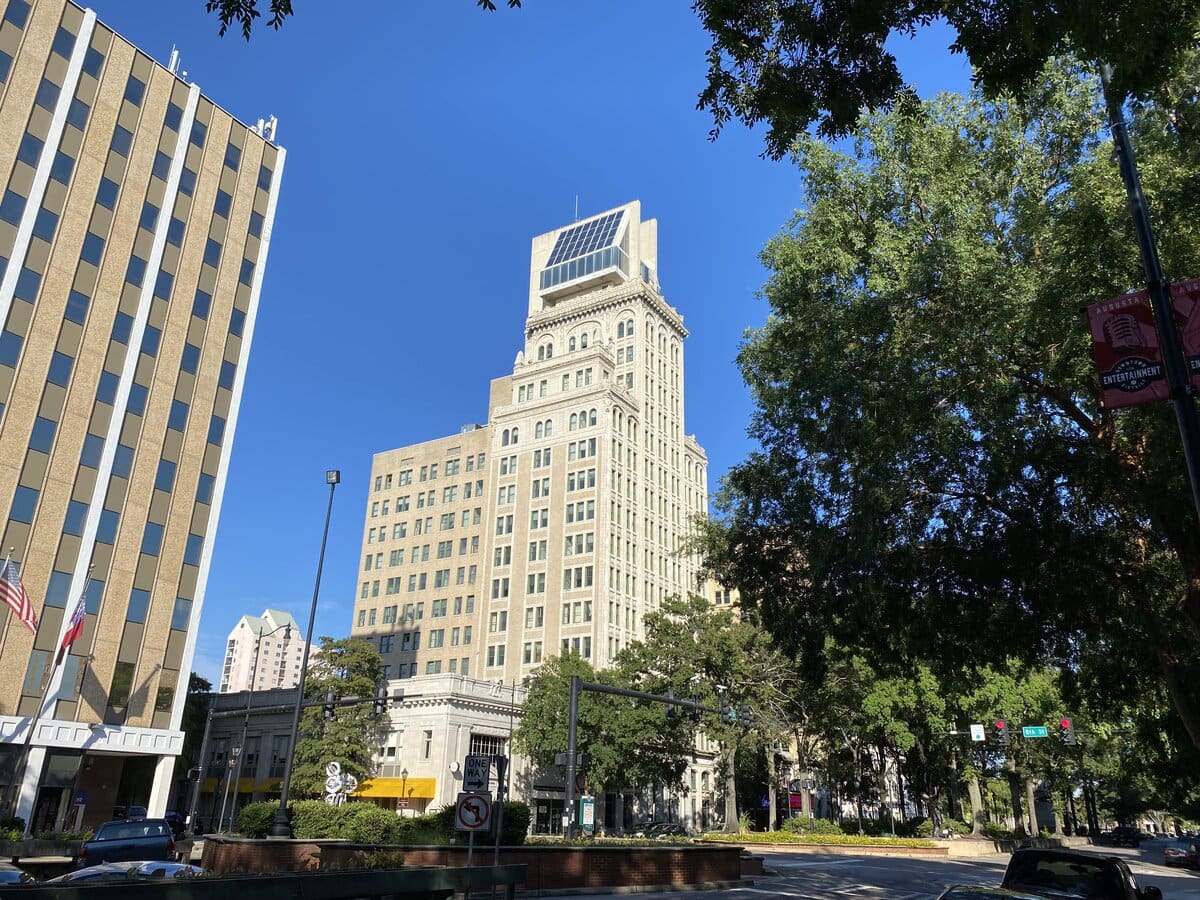
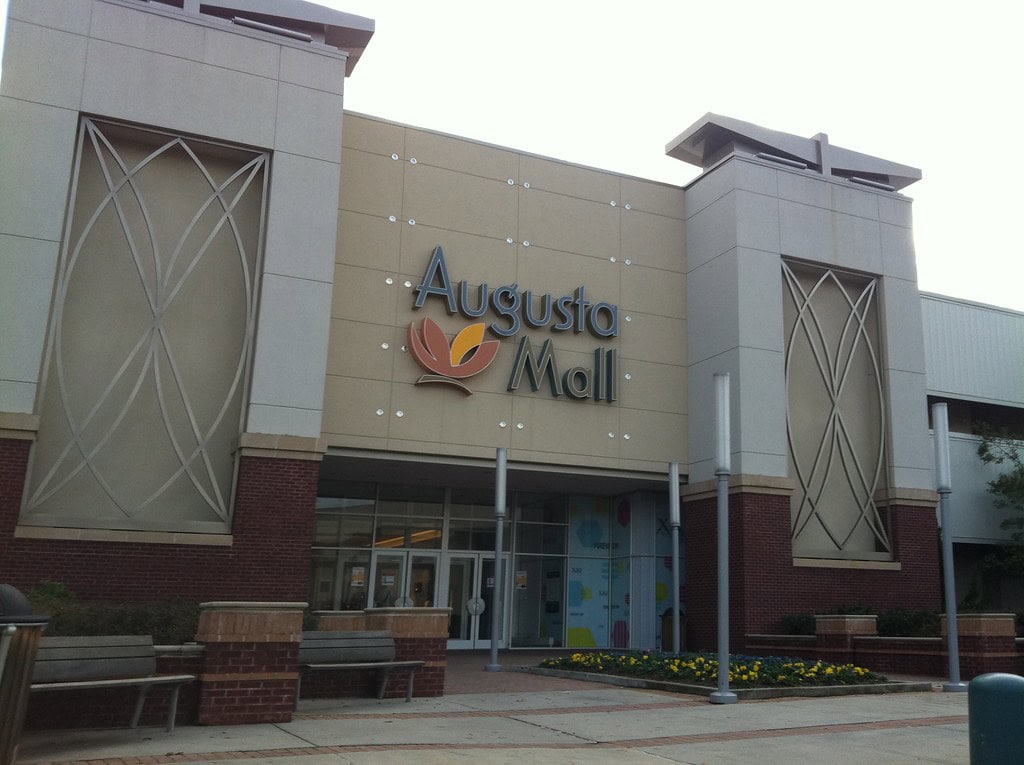
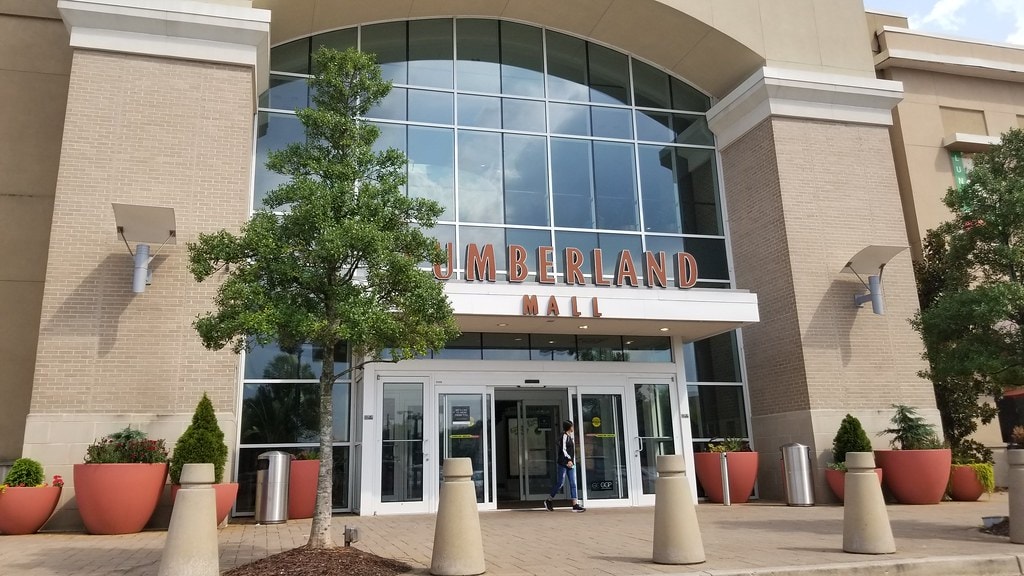
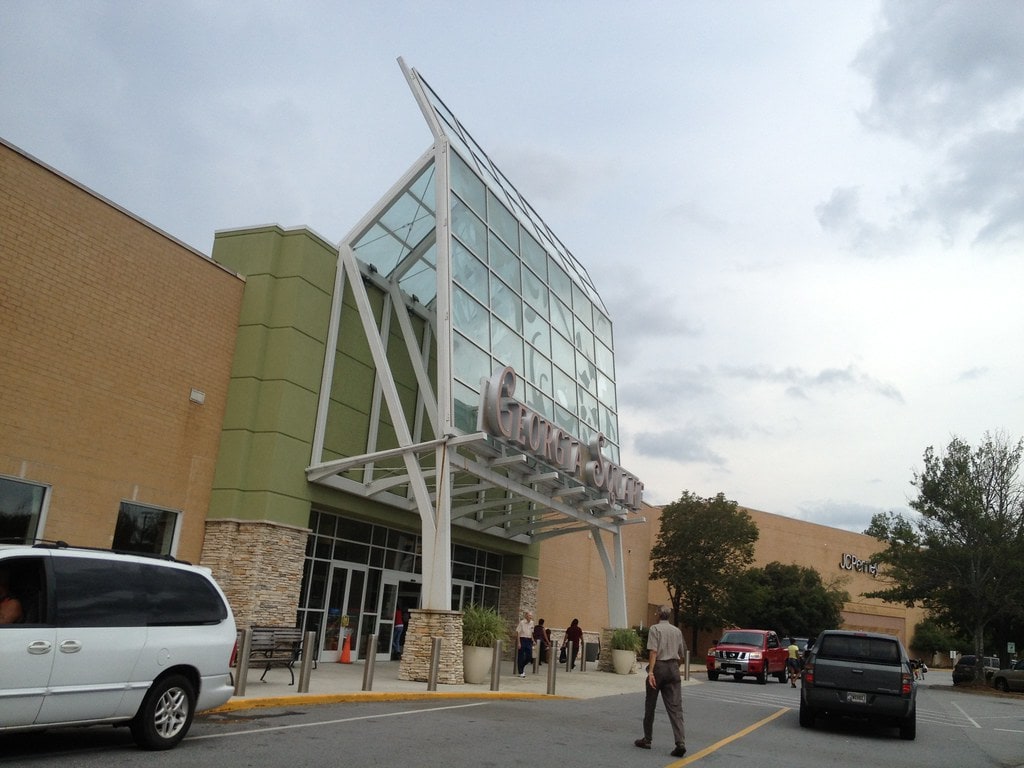
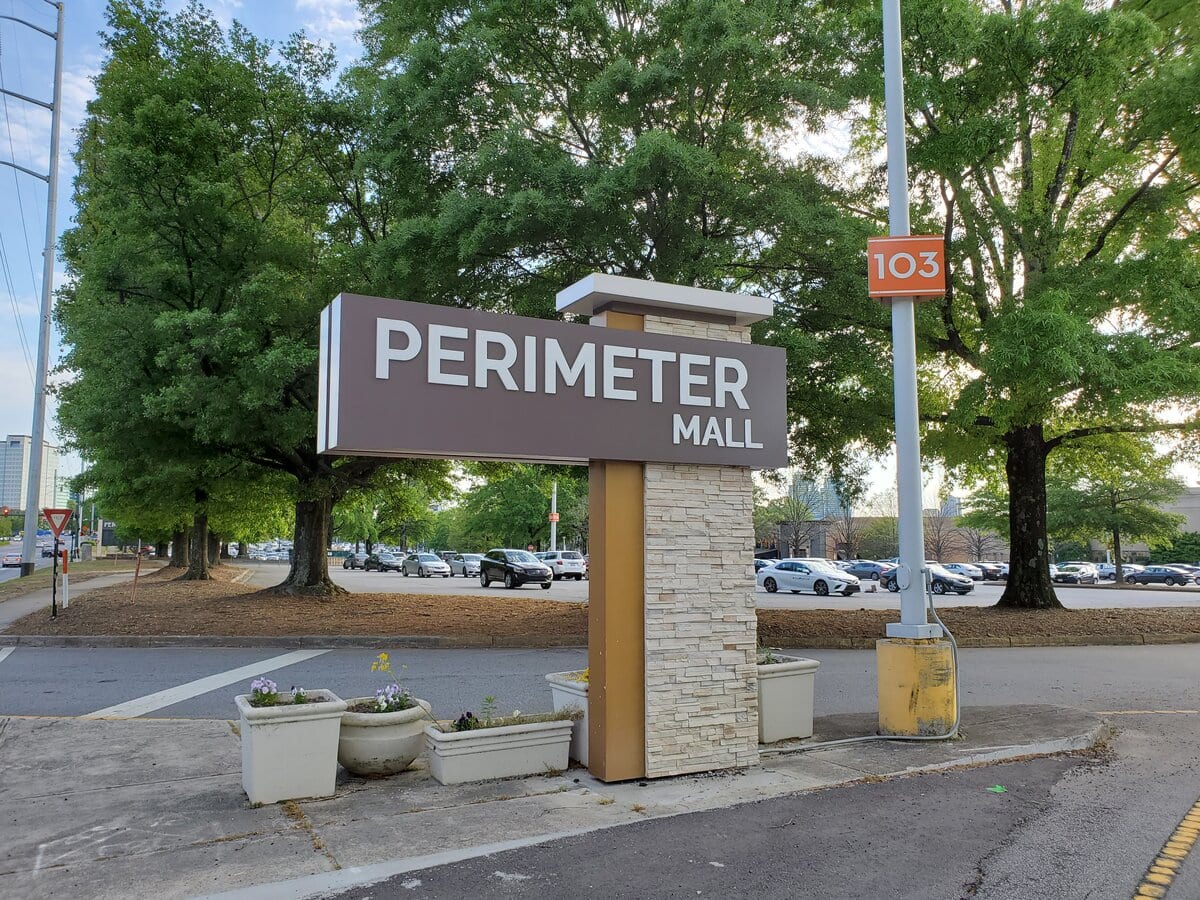
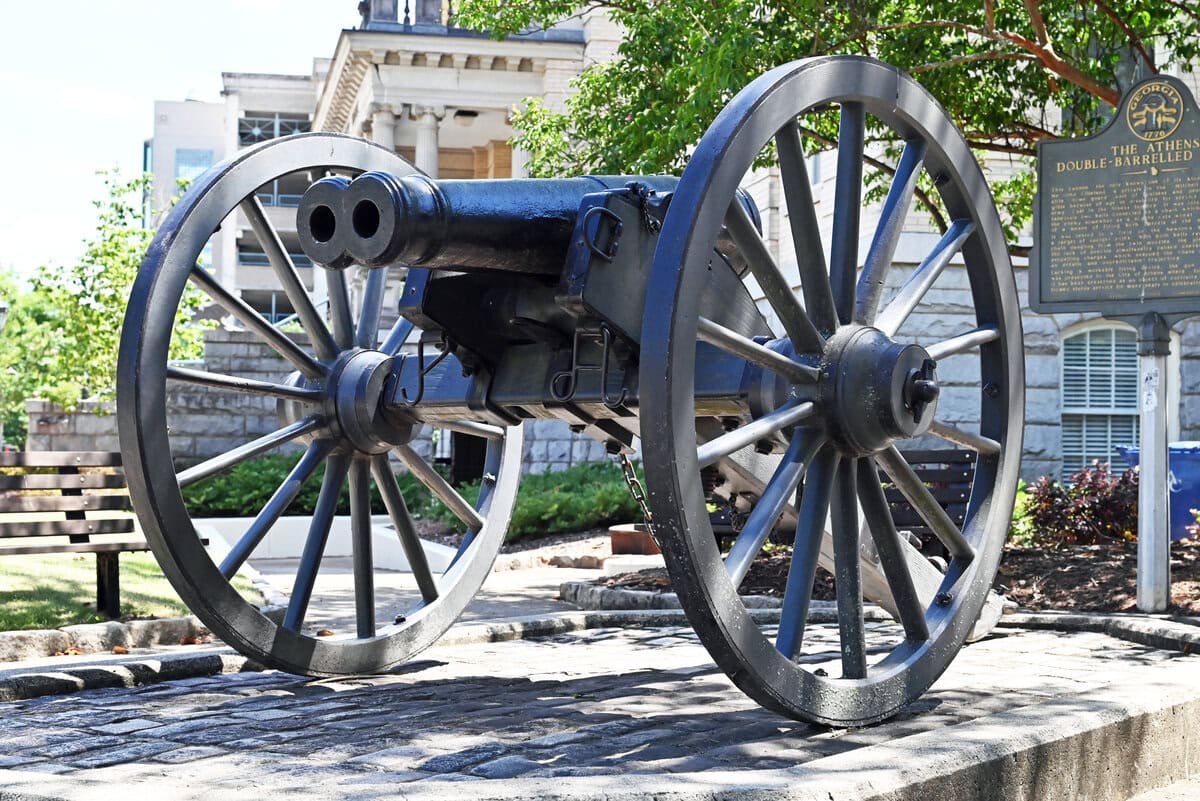
Because this mall isn’t fully empty and still has some variety of stores, and with its heavy-trafficked location, I never thought Belk - originally Parisian - would leave (though now am expecting an entertainment venue - i.e. Round 1 with Spo-Cha - taking its place to add more visitors), and never would I have thought of Town Center drawing shoppers from Cumberland and having the scale that would never be anywhere else in Cobb County. This mall - the first of its kind I ever visited in ATL in 2020, and yes because of the Covid pandemic - definitely fared in the middle ground: better than former sister Gwinnett Place, though much less so than Phipps and Lenox.
Interesting that you mention Round 1. Entertainment might be the only lane left for malls like this that are too busy to fail but not upscale enough to redefine themselves through retail alone.